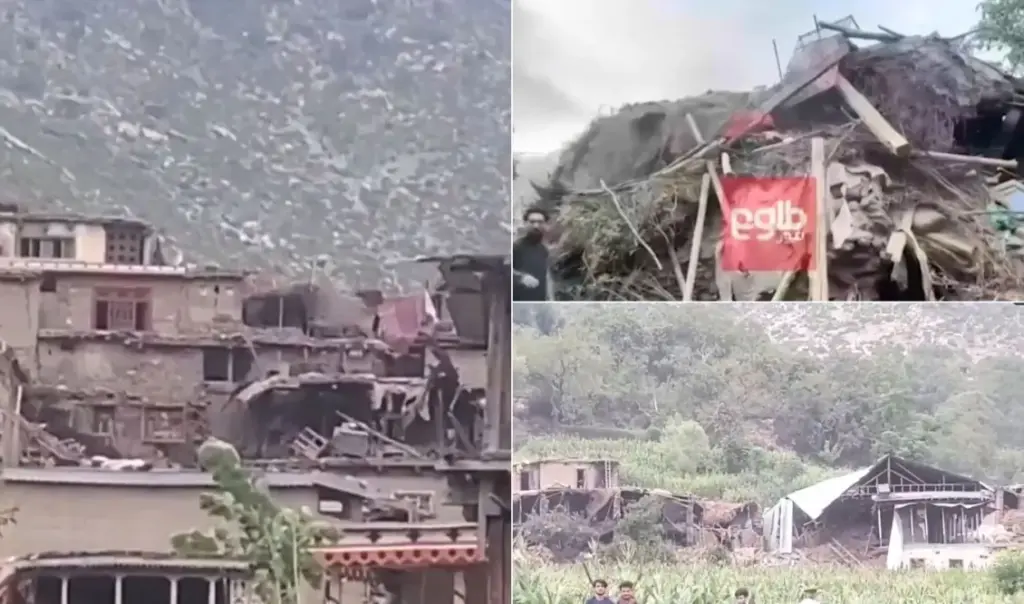The tragic death toll from the powerful earthquake in Afghanistan continues to grow, with casualties reaching 2,205 according to Taliban officials. The 6.0 magnitude earthquake struck Afghanistan on Sunday evening, leveling entire areas and creating a landscape of devastation. Many were trapped beneath the ruins of homes constructed from mud and wood, unable to withstand the earthquake’s impact.
Afghanistan earthquake: Ghost towns after devastating tremor
“We cannot forget the people of Afghanistan who are facing multiple crises. Community resilience has been exhausted,” declared Indrika Ratwatte, UN coordinator for Afghanistan
He appealed to the international community for assistance. “These are life and death decisions, as we race against time to reach people. If we were to model this based on what has happened in the past, it’s clear that the death rate will likely be exponential“
It should be noted that the Taliban government, recognized only by Russia, has appealed for aid from foreign governments and humanitarian organizations.
Geological factors that make Afghanistan vulnerable
Afghanistan is located in the seismic zone where the Indian and Eurasian tectonic plates collide, the same force that shaped the Himalayas. This geological position makes the country one of the world’s most active seismic regions, with 15% of the planet’s total seismic energy released there annually.
Earthquakes in the region are characterized by shallow focal depth, which amplifies their destructive power. Additionally, Afghanistan’s construction infrastructure relies primarily on traditional materials like wood, mud bricks, and low-quality concrete, which collapse easily under seismic stress.
The mountainous topography worsens the situation, as earthquakes trigger extensive landslides that obliterate entire settlements and sever communication routes.
In 2023, a series of seismic tremors in Herat province claimed the lives of more than 1,000 people. A year earlier, a similar intensity earthquake in Paktika had also caused over 1,000 casualties, confirming the regular recurrence of such tragedies in Afghanistan.




